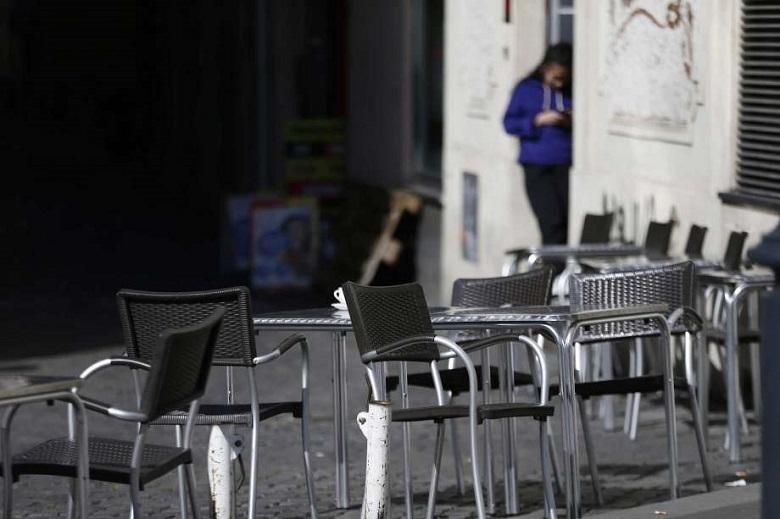Over half of world’s population force to stay-at-home

At least 4.5 billion people now have to comply with government stay-at-home regulations due to the outbreak of the new coronavirus. That corresponds to 58 percent of the world’s population, which was estimated by the United Nations at 7.8 billion in April.
Since mid-March, the number of people whose mobility is restricted by Covid-19 has grown explosively. On 18 March, more than 500 million people were affected. After that, it quickly rose to one billion (23 March), two billion (24 March), three billion (25 March), and four billion (7 April). On Friday, 17 April, at least 4.5 billion people from 110 countries and regions were asked to stay-at-home.
Mandatory stay-at-home
For the majority (2.93 billion people), the lockdown measures are mandatory. No region in the world escapes:
Europe (Great Britain, Belgium, France, Italy, Spain, a large part of Russia …)
Asia (India, Uzbekistan, Jakarta, and Indonesia, Nepal, Sri Lanka, half of the Philippines …)
The Middle East (Iraq, Saudi Arabia, Jordan, Lebanon, Israel, etc.)
Africa (South Africa, Morocco, the largest Nigerian cities, Zimbabwe, Rwanda, etc.)
America (a large part of the United States, Colombia, Argentina, Venezuela, Peru, Bolivia, etc.)
And Oceania (New Zealand).
On Saturday, Malawi and Khartoum in Sudan will also be added. In most cases, it is still possible for the population to work from home, buy essential products, and take care of themselves.

Other countries, which account for about 1.03 billion inhabitants, ask their inhabitants to stay at home, but they do not impose any mandatory measures. This includes, for example, Mexico, much of Brazil, Japan, Iran, Switzerland, Uganda, and Canada.
Curfews have been instituted in some 25 countries or regions with a population of approximately 500 million inhabitants – so that no travel is permitted in the evening or at night.
The total stay-at-home measure is particularly prevalent in Africa (in Egypt, Kenya, Ivory Coast, Burkina Faso, Mali, Senegal, Guinea, Togo, Sierra Leone, Mauritania, and Gabon) and Latin America (Chile, Guatemala, Ecuador, the Dominican Republic, Panama, and Puerto Rico). Other curfew countries are Thailand, Syria, Serbia, and Kuwait.
Lockdown
Finally, at least four countries have put their significant cities in lockdown, banning entry or exit. This is the case for, among others, Kinshasa (Democratic Republic of Congo), Almaty, and Nursulan (Kazakhstan) and Baku (Azerbaijan).
In the image of Chinese Wuhan, the city where the pandemic began and which lifted its lockdown on 8 April, some countries, especially in Europe, are now considering easing stay-at-home measures. This will be the case from Monday in the Czech Republic, from 27 April in Switzerland, from 4 May in Italy and from 11 May in France.





